There’s a reason Yellowstone often steals the spotlight when it comes to U.S. national parks, but there are countless other treasures waiting to be discovered — without the crowds. These lesser-known parks offer just as much natural beauty, unique landscapes, and opportunities for adventure, all while letting you dodge the throngs of tourists. Whether you’re seeking solitude, breathtaking views, or a quiet connection with nature, these 13 hidden gems promise an unforgettable experience.
1. North Cascades National Park, Washington
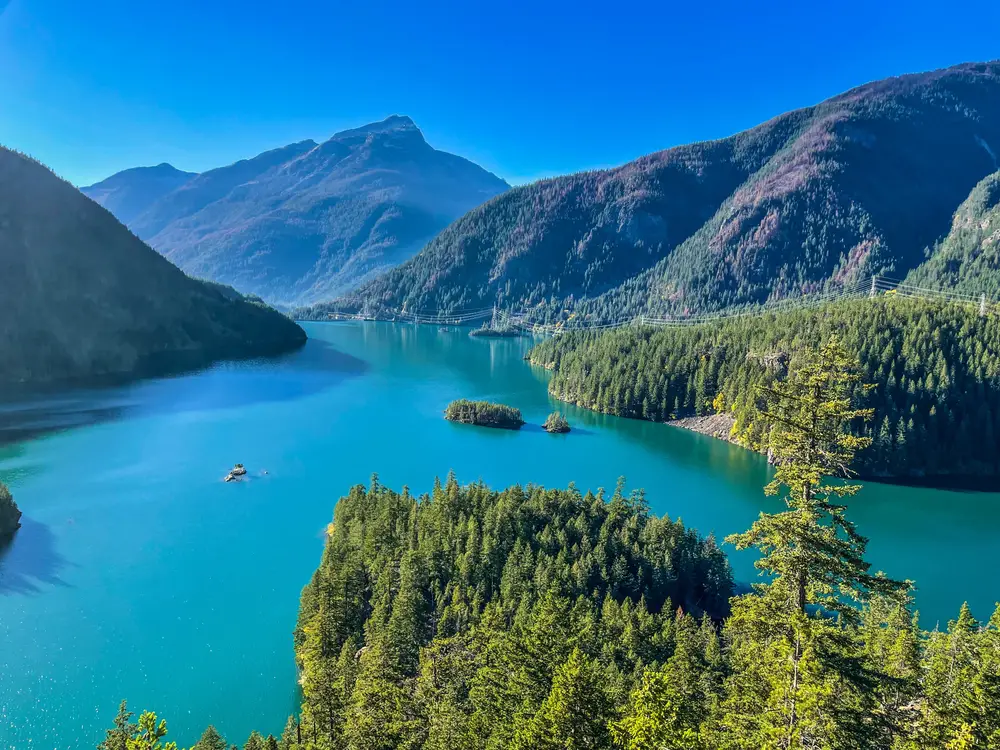
Often dubbed the “American Alps,” North Cascades National Park is a sanctuary of jagged peaks and emerald lakes. Here, you can lose yourself among more than 300 glaciers, a stark contrast to the geysers of Yellowstone. The park’s remote beauty means fewer visitors, offering miles of trails that feel like they’re yours alone. It’s a place where serenity reigns, and the only sounds are the whispers of the wind and your own footsteps.
A study by the National Park Service highlights that North Cascades hosts fewer than 30,000 visitors annually, making it one of the least crowded parks in the U.S. This means you can savor the park’s beauty without the usual tourist distractions. The park’s diverse ecosystems provide a haven for wildlife, so keep your eyes peeled for black bears, gray wolves, and bald eagles in their natural habitat.
2. Guadalupe Mountains National Park, Texas

In the heart of the Chihuahuan Desert, Guadalupe Mountains National Park surprises with its rugged peaks and fossilized reef mountains. It’s home to Guadalupe Peak, the highest point in Texas, offering vistas that stretch to infinity. Here, the landscape shifts from desert to forest, providing a unique blend of hiking trails that cater to every level of adventurer. As you explore, you’ll discover a tapestry of colors, from the brilliant reds of fall foliage to the sparkling whites of winter snow.
While it lacks the geothermal wonders of Yellowstone, Guadalupe Mountains makes up for it with serenity and sweeping landscapes. With fewer than 200,000 visitors each year, it offers plenty of space to find your own slice of wilderness. Each trail tells a story, from the ancient sea creatures embedded in rocks to the history of early pioneers. Here, nature’s grandeur takes center stage, and every step feels like a journey back in time.
3. Isle Royale National Park, Michigan
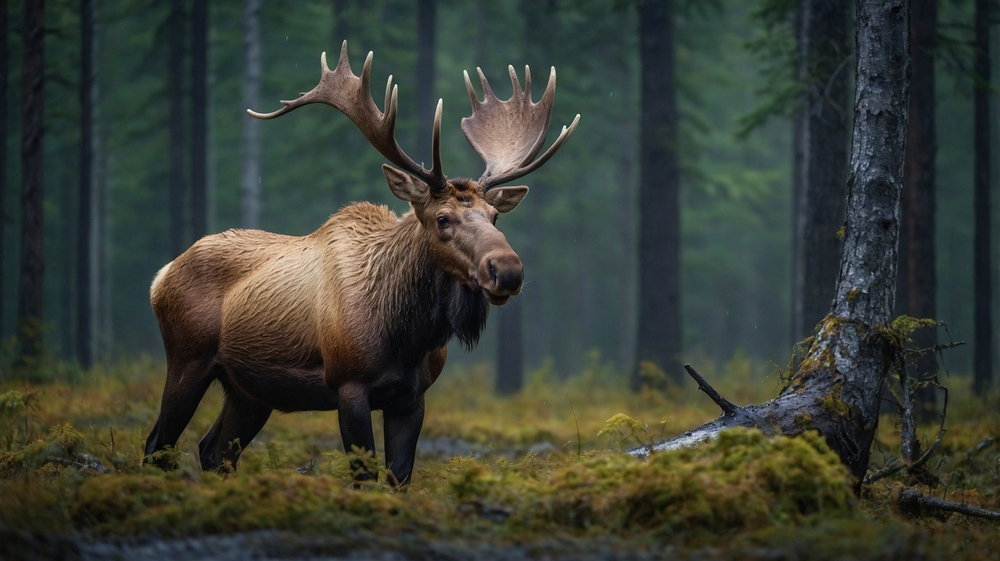
Isle Royale is a remote jewel in Lake Superior, offering a rugged yet enchanting experience away from the hustle of Yellowstone. Accessible only by boat or seaplane, the journey to the park is an adventure in itself. Once there, you’ll find a tapestry of lush forests, freshwater lakes, and scenic ridges. The island’s relative isolation means you could hike for hours without encountering another soul, creating a deeply personal connection with nature.
According to a report from the National Park Service, Isle Royale has the fewest annual visitors of any national park, with fewer than 25,000 people each year. This allows for unparalleled solitude and the chance to see its famed wolf and moose populations without the crowds. Camping under the stars here feels like a secret kept between you and the universe. It’s a place where the modern world fades away, and you can truly disconnect.
4. Great Basin National Park, Nevada

Nestled in eastern Nevada, Great Basin National Park is a land of contrasts where desert landscapes meet alpine peaks. Lehman Caves offers an underground wonderland of limestone formations, while above, Wheeler Peak stands tall, inviting climbers to its summit. Unlike the bustling boardwalks of Yellowstone, the park’s trails provide quiet corridors through ancient bristlecone pine forests. Each path leads you deeper into a world where nature thrives undisturbed.
What sets Great Basin apart is its night sky, one of the darkest in the U.S., perfect for stargazing. Here, you can lie beneath a blanket of stars, tracing constellations without interference from city lights. With less than 150,000 visitors annually, the park offers ample opportunities for solitude and reflection. It’s a destination that invites you to slow down and savor the untouched beauty of nature.
5. Congaree National Park, South Carolina

Congaree National Park might not have geysers, but it does boast the largest expanse of old-growth bottomland hardwood forest in the southeastern U.S. Towering trees form a cathedral-like canopy, providing a habitat for diverse wildlife. Paddling through its waterways offers a tranquil escape, with mirrored reflections doubling the park’s lush beauty. Trails like the Boardwalk Loop take you through diverse ecosystems, all teeming with life.
A study published in the journal Ecological Applications highlights Congaree’s critical role in biodiversity conservation, making it a haven for nature lovers. With fewer than 150,000 visitors each year, you can explore its majesty without elbowing through crowds. The park’s stillness invites introspection, allowing you to reconnect with the natural world. Whether you’re birdwatching or simply enjoying the serene atmosphere, every visit feels like a retreat.
6. Lassen Volcanic National Park, California
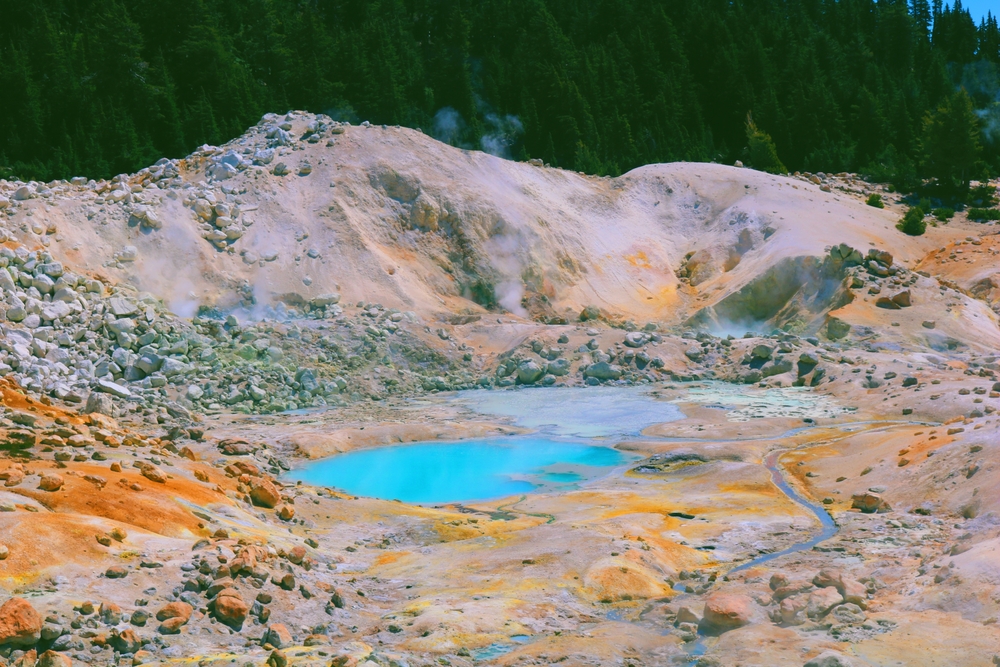
Lassen Volcanic National Park is a geothermal wonderland that rivals Yellowstone, without the bustling crowds. Bubbling mud pots and steaming fumaroles remind you of the earth’s fiery nature beneath its tranquil surface. The park’s centerpiece, Lassen Peak, offers a challenging hike with rewarding views over a landscape shaped by ancient volcanic activity. Its diverse terrains range from lush forests to barren lava fields, providing a rich tapestry for exploration.
Unlike Yellowstone, Lassen sees fewer visitors, making it a haven for those seeking solitude in nature. Here, you can find peace along trails like Bumpass Hell, where sulfurous steam vents offer a surreal experience. The park’s clear lakes and vibrant wildflower meadows add to its charm, providing ample opportunities for photography and quiet reflection. Every visit feels like a personal discovery of a land where geology takes center stage.
7. Big Bend National Park, Texas
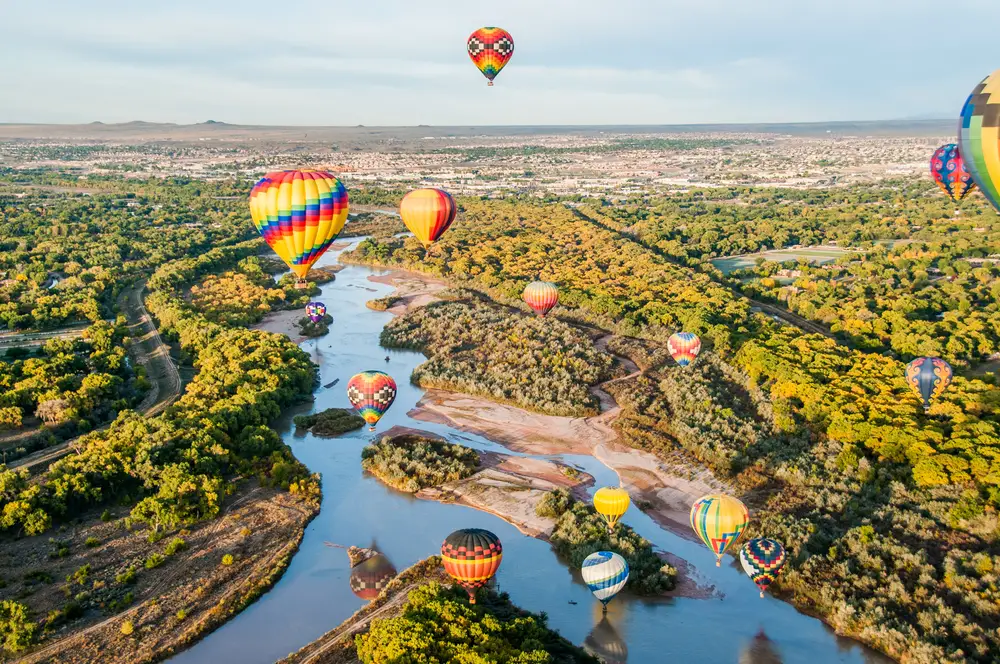
Big Bend National Park is a rugged expanse in Texas offering solitude and stunning desert landscapes that easily rival more famous parks. The Rio Grande carves its way through canyons, creating dramatic vistas and a paradise for river enthusiasts. With over 150 miles of hiking trails, you can weave through its varied terrain, from the desert floor to the Chisos Mountains. Each trail reveals unique flora and fauna, adapted to the harsh yet beautiful environment.
According to a study by Texas A&M University, Big Bend is a hotspot for biodiversity, home to more than 1,200 plant species, 450 bird species, and 75 types of mammals. Despite its ecological richness, the park remains one of the least visited in the U.S., ensuring a quiet adventure for those who make the journey. The sunsets here are legendary, painting the sky in hues of orange and pink over the desert landscape. It’s a reminder that sometimes the road less traveled offers the most breathtaking rewards.
8. Voyageurs National Park, Minnesota
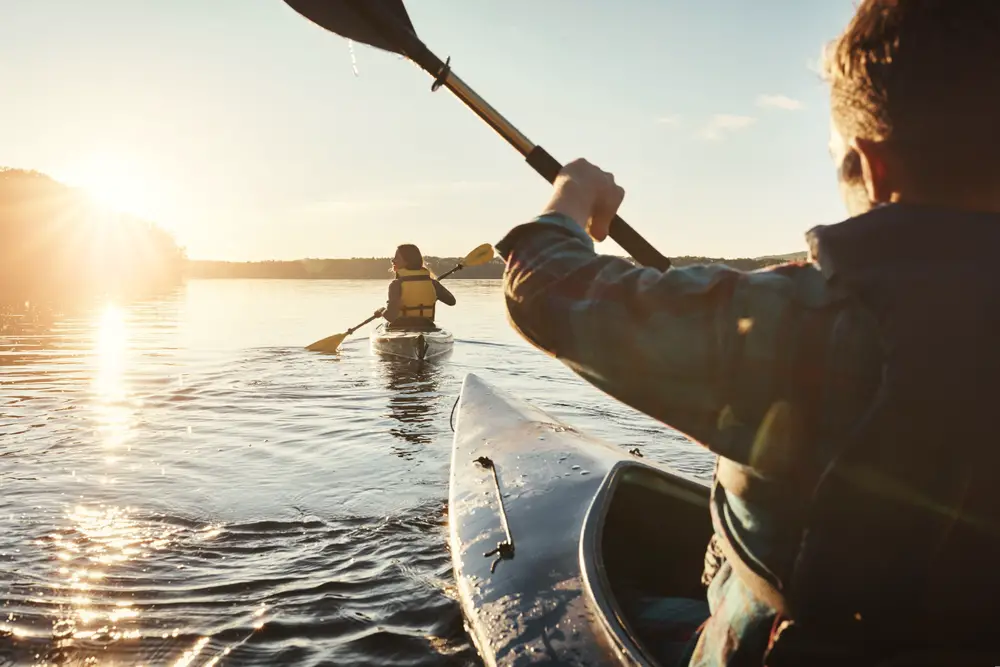
Voyageurs National Park feels like stepping into a watercolor painting—endless blue lakes, pine-draped islands, and skies that stretch on forever. This is a park shaped entirely by water, where canoes and kayaks replace the usual foot traffic and every twist of the shoreline reveals another hidden cove. Instead of thermal geysers or packed viewpoints, you get peaceful waterways and quiet campsites only accessible by boat. It’s an outdoor escape that invites you to slow down, dip your paddle, and let the rhythm of nature carry you.
Despite its beauty, Voyageurs sees a fraction of Yellowstone’s visitors, making it a serene retreat for those craving solitude. The National Park Service reports around 240,000 visitors annually, but most of the park’s backcountry remains blissfully untouched. Nights here are spectacular, with some of the clearest dark skies in the Midwest and a real chance of catching the northern lights. It’s a destination that feels both deeply calming and wildly alive.
9. Capitol Reef National Park, Utah

Capitol Reef is the most overlooked gem in Utah’s famous “Mighty Five,” offering jaw-dropping red rock landscapes without the constant crowds. Towering sandstone cliffs, winding slot canyons, and orchard-lined valleys create a landscape that looks like it belongs on another planet. The Waterpocket Fold—a dramatic wrinkle in the Earth’s crust—runs nearly 100 miles, making this one of the most geologically fascinating parks in the country. Every turn reveals a new formation, glowing in shades of gold, crimson, and rose.
While Zion and Arches overflow with visitors, Capitol Reef remains surprisingly quiet. According to recent park statistics, many trails here still offer genuine solitude, especially in the backcountry. In Fruita, you can even pick fruit from historic orchards, a peaceful activity that feels worlds away from Yellowstone’s crowds. Capitol Reef is where adventure and tranquility meet in perfect harmony.
10. Wrangell–St. Elias National Park & Preserve, Alaska

Wrangell–St. Elias is America’s largest national park—bigger than Yellowstone, Yosemite, and Switzerland combined—yet shockingly few people ever step foot in it. This is raw, unfiltered wilderness at its most dramatic, with towering 18,000-foot peaks, vast glaciers, and valleys carved by ice and water. It’s the kind of place where you feel wonderfully small, surrounded by landscapes that look like they’ve never been touched by human hands. For adventurers, it’s an unparalleled playground of rugged backcountry and once-in-a-lifetime vistas.
According to the National Park Service, the park receives under 100,000 visitors each year due to its remote location, giving you true off-the-grid solitude. Wildlife sightings are extraordinary—moose, bears, lynx, and caribou roam freely across the pristine terrain. If Yellowstone is iconic, then Wrangell–St. Elias is mythic: vast, wild, and unforgettable.
11. Channel Islands National Park, California
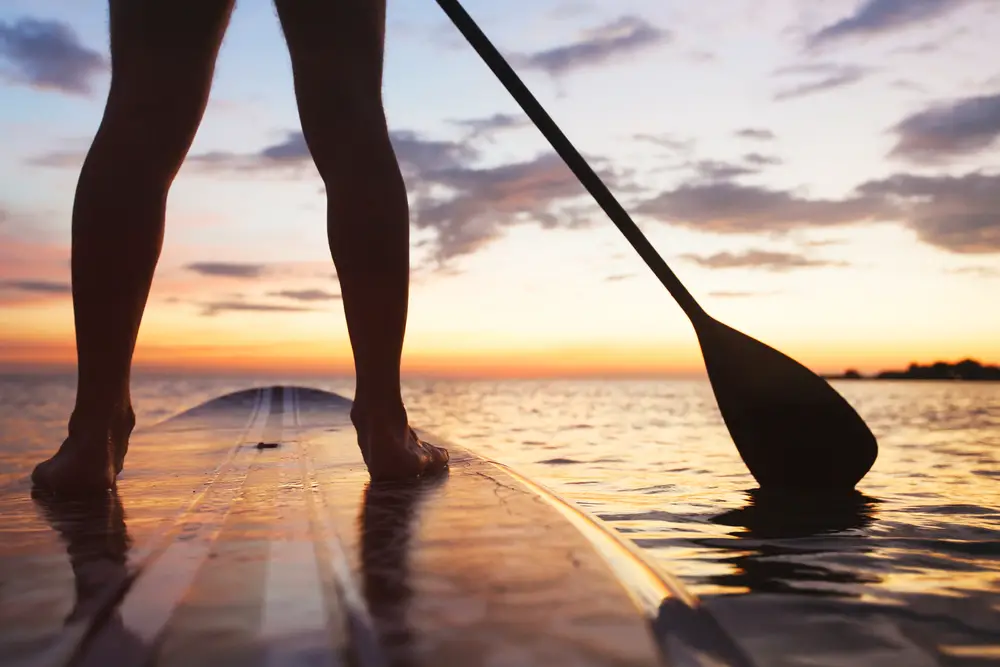
Just off the Southern California coast lies Channel Islands National Park, a dreamy, untouched archipelago often referred to as the “Galápagos of North America.” Here, dramatic sea cliffs, kelp forests, and wildflower-strewn meadows create a paradise for hikers, snorkelers, and wildlife lovers. The islands’ isolation has preserved dozens of species found nowhere else on Earth. It’s a stunning escape from the mainland drama, where the loudest sound you’ll hear is waves crashing against volcanic cliffs.
Despite its proximity to Los Angeles, Channel Islands remains blissfully uncrowded; the National Park Service reports around 300,000 visitors annually, but the islands are so spread out that you’ll often feel completely alone. Kayak through sea caves, watch dolphins dance alongside your boat, or hike to sweeping ridge-top views—every moment feels cinematic. It’s a reminder that adventure doesn’t have to mean traveling far; sometimes it’s just across the water.
12. Black Canyon of the Gunnison National Park, Colorado
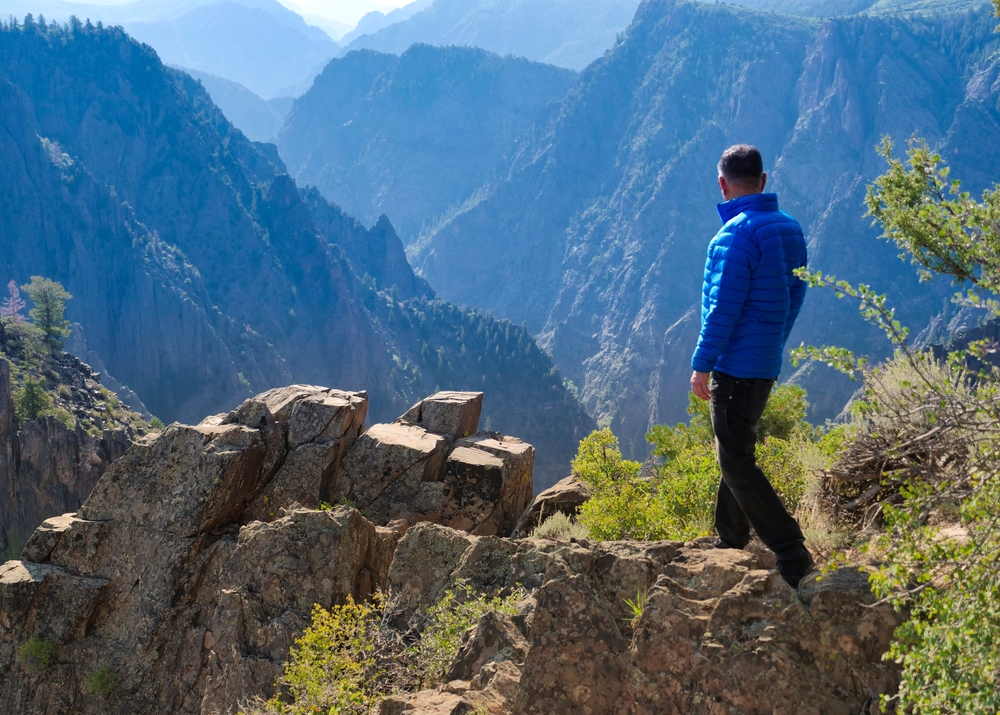
The Black Canyon of the Gunnison is one of the most dramatic landscapes in America—a sheer, shadowy gorge carved by the Gunnison River over millions of years. Its walls plunge nearly 2,700 feet straight down, creating some of the steepest cliffs in North America. The canyon’s narrowness makes sunlight a rare guest, creating the deep black rock that gives the park its name. It’s awe-inspiring, humbling, and completely unlike Yellowstone’s wide-open valleys.
With under 500,000 annual visitors, the Black Canyon remains a place where you can find quiet overlooks and empty trails even in peak season. The park is a climber’s paradise and a photographer’s dream, with dramatic lighting and rugged textures everywhere you look. Stand at an overlook and listen to the river roar far below—it’s an unforgettable reminder of nature’s power, etched into stone.
